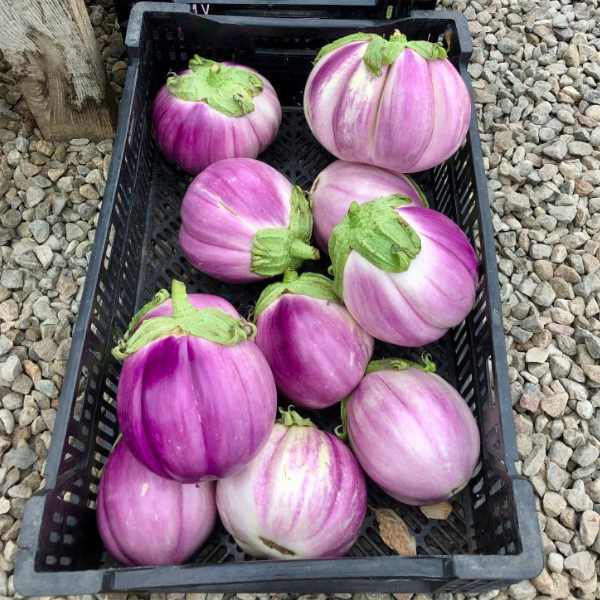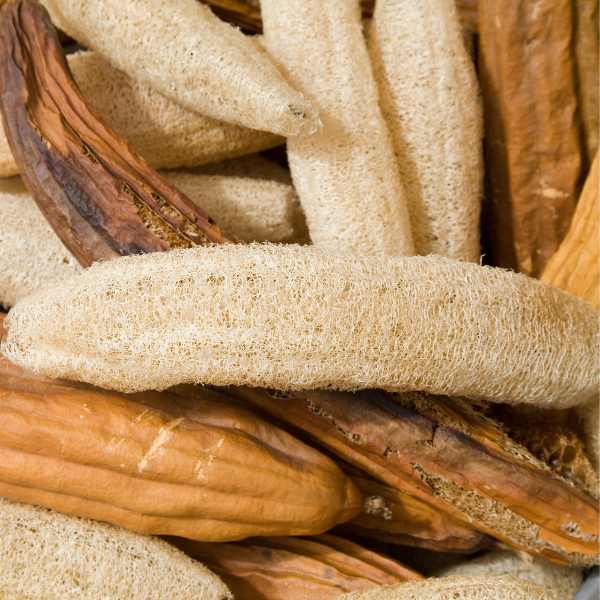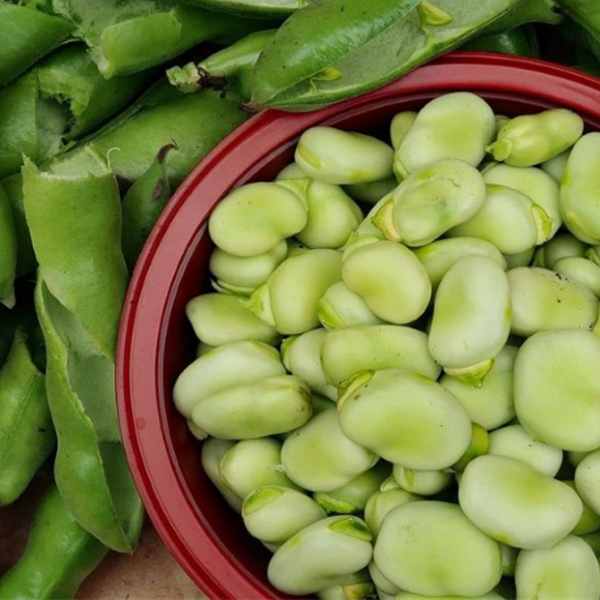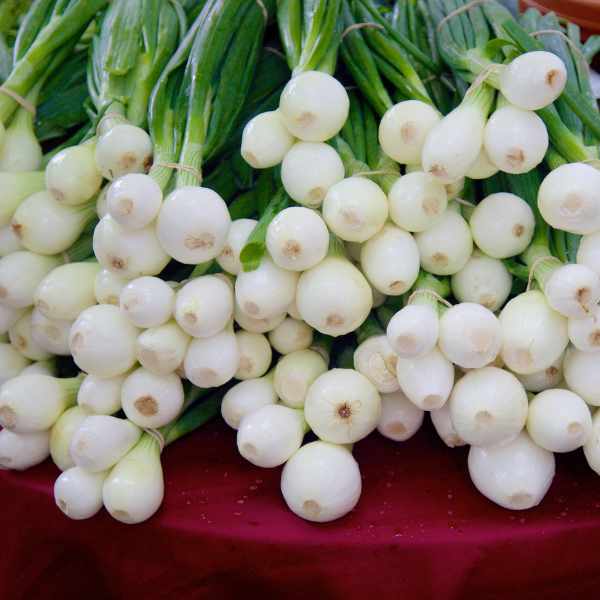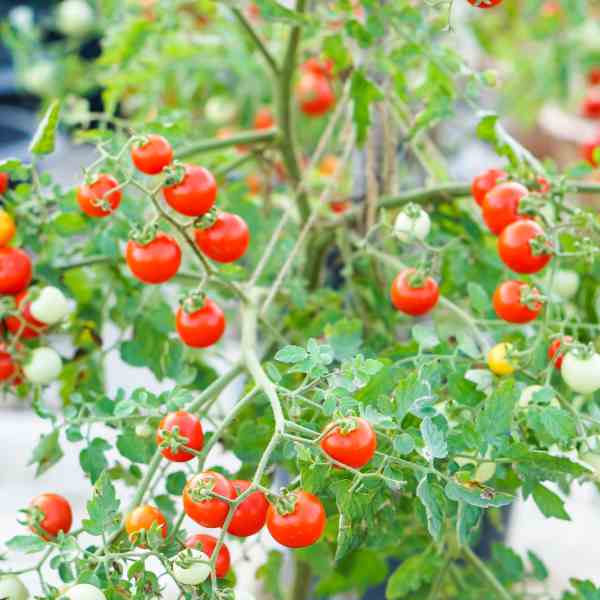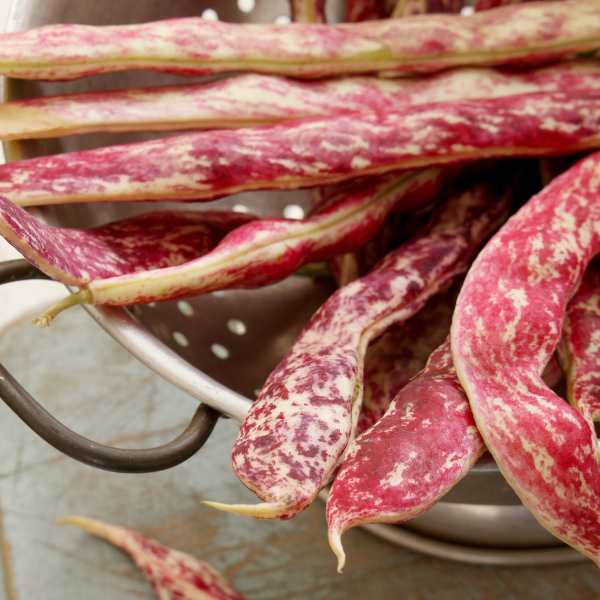Angelica
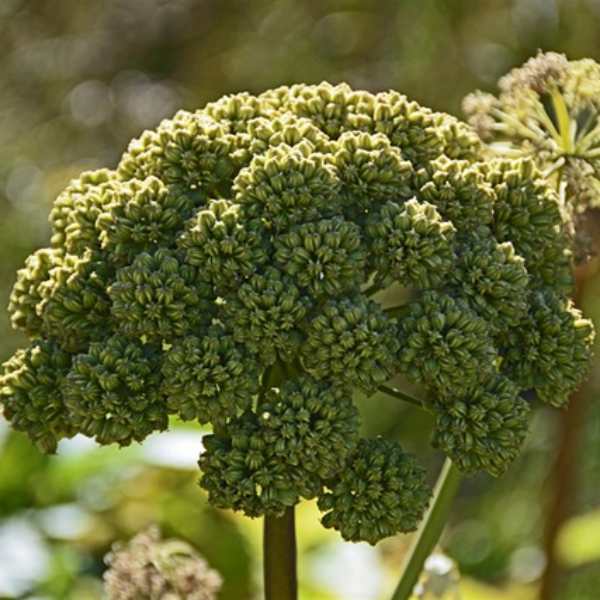
Angelica might not be the first herb you think of for your garden, but it sure adds some exciting flavors. This classic biennial herb, related to carrots and part of the parsley family, also goes by the name “Wild Celery.”
The plant has a strong, musky scent and a sweet taste you’ll find in drinks like gin and vermouth. So, next time you sip a martini, remember that distinct flavor is thanks to Angelica root.
Once upon a time, candied Angelica stems were a treat, decorating cakes, while the leaves, chopped up, can add a nice touch to fruit salads, fish, or cottage cheese in small amounts.
Angelica root has been known to help with digestive issues like colic and cramps. It can also provide relief for bronchitis and asthma by easing spasms. Making a tea out of the leaves is a good way to tackle indigestion too.
Besides its culinary and medicinal uses, Angelica is great for controlling pests in a natural way. Its big flower heads draw in helpful insects that munch on garden pests, and bees love its nectar.
Growing up to 2 meters tall, Angelica is quite the showstopper in your garden with large, green-white flower heads. These umbrella-like blooms pop up after a couple of years and make quite a statement. After flowering, the plant leaves behind seeds, ensuring new growth.
Angelica likes cool weather and a mix of shade and sun. If your summer gets scorching, plant it where it gets some dappled shade to protect it from heat. It doesn’t do well with drought, so keep it moist with mulch. In warm climates, it behaves like an annual, completing its life cycle in one year.
Taking care of Angelica is simple as long as you have well-drained soil and the right light. Water it at the base to fight off disease, and a little pruning after its first year encourages blooms the next. Although it doesn’t live long, Angelica self-seeds easily, ensuring you’ll keep seeing new plants popping up around your garden each year.
Copy
Regenerate

